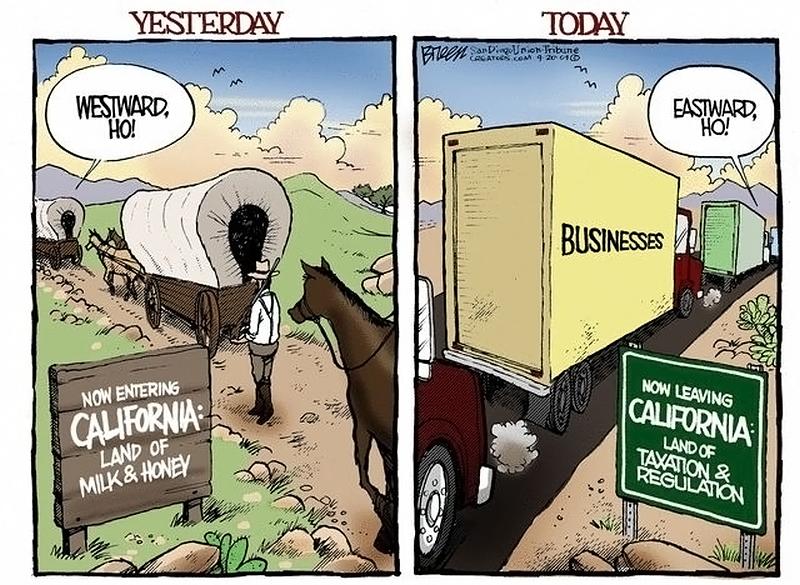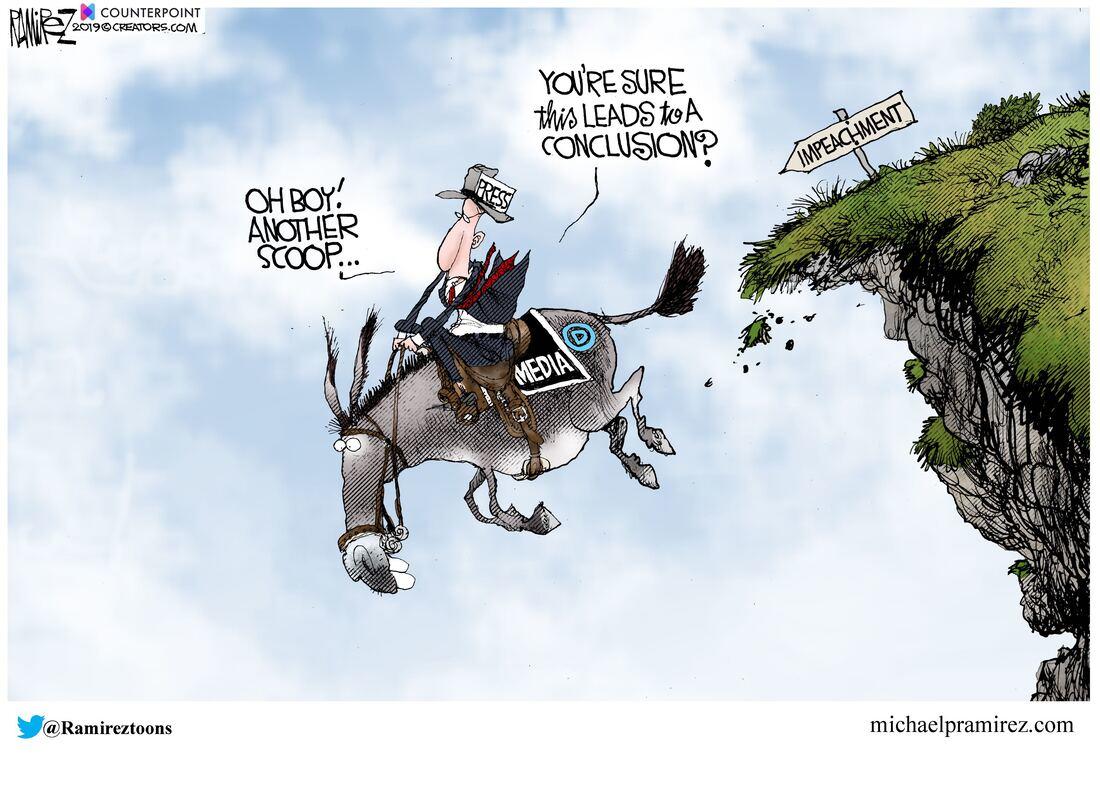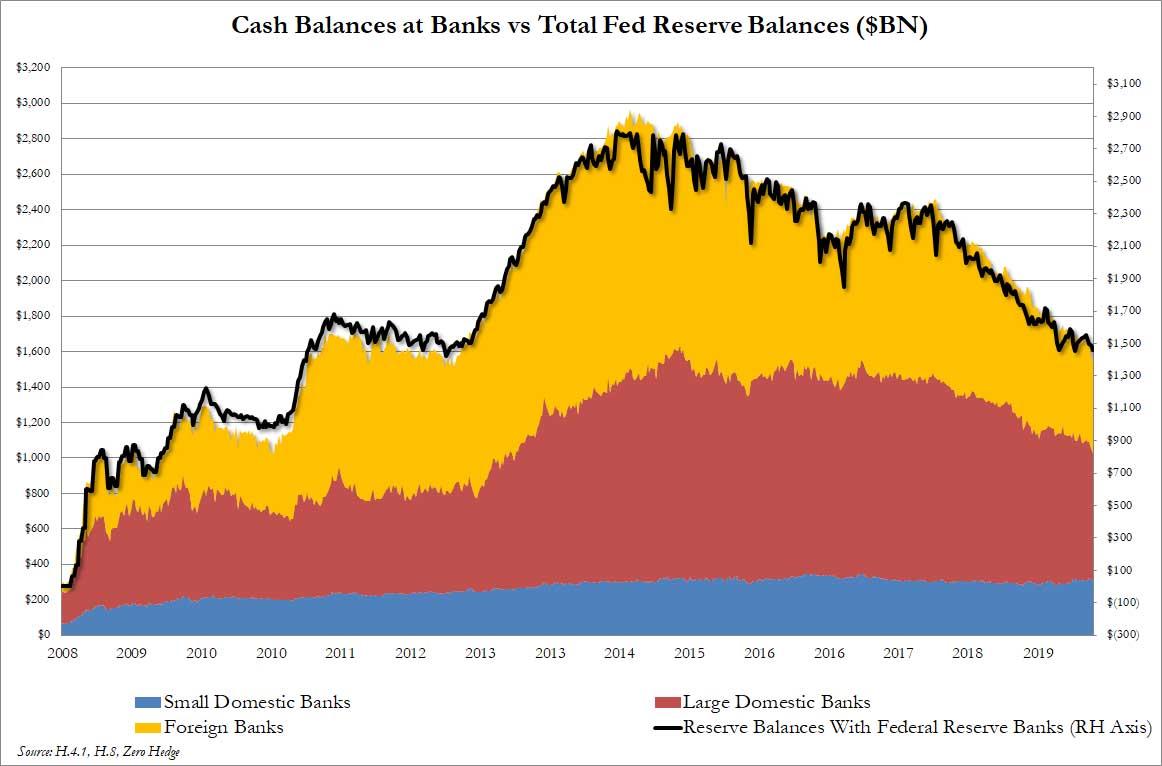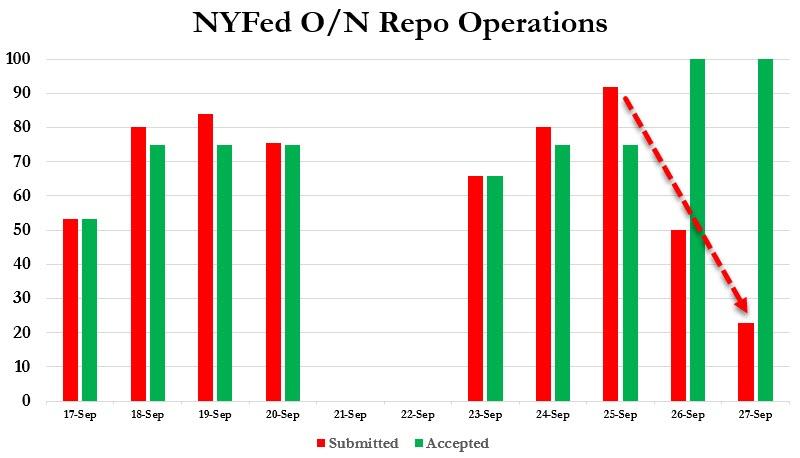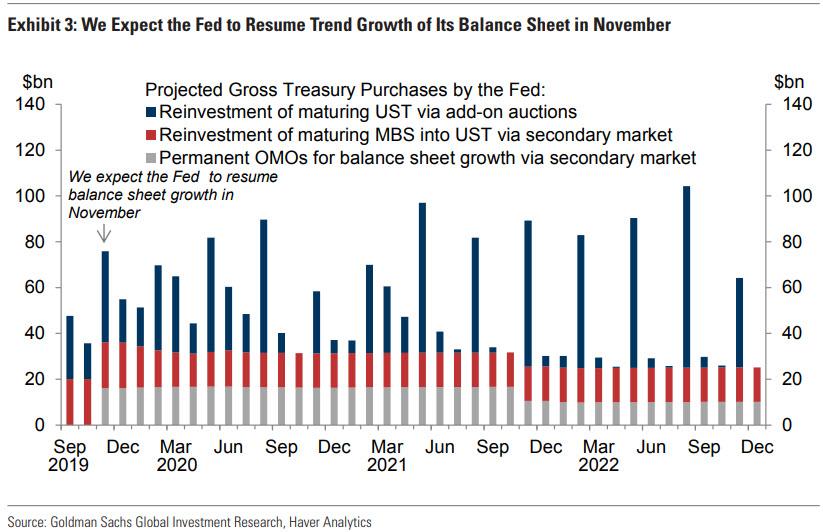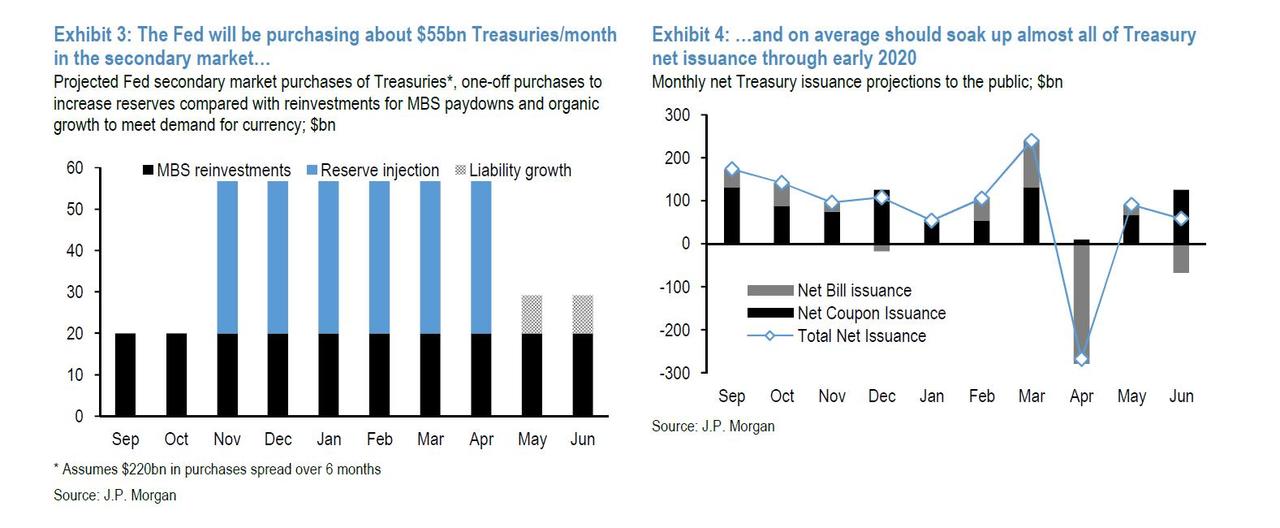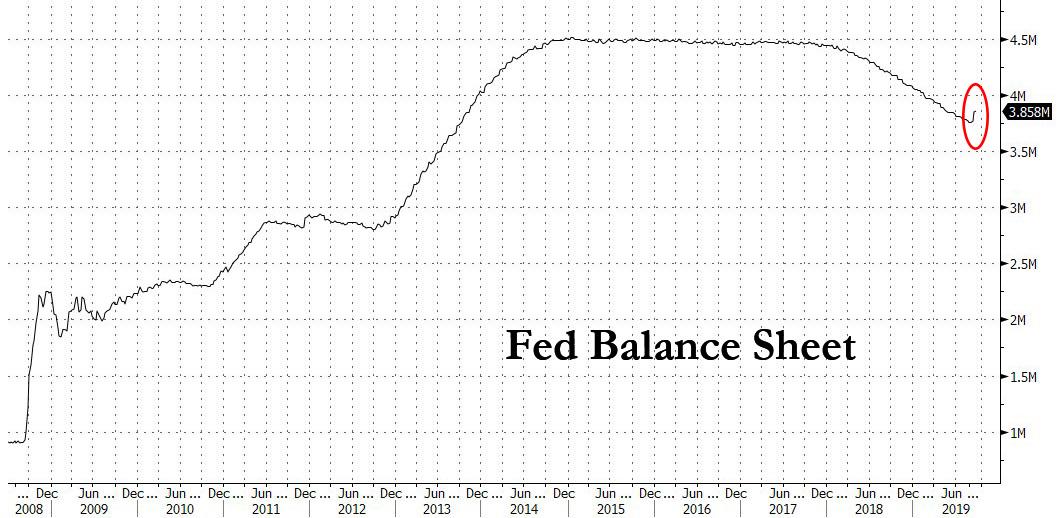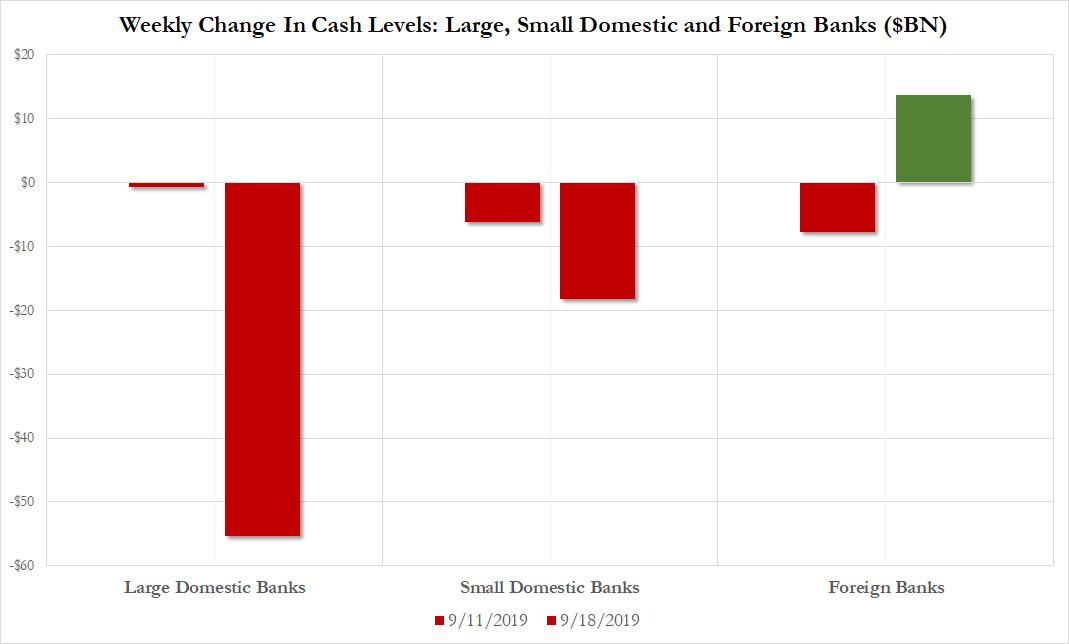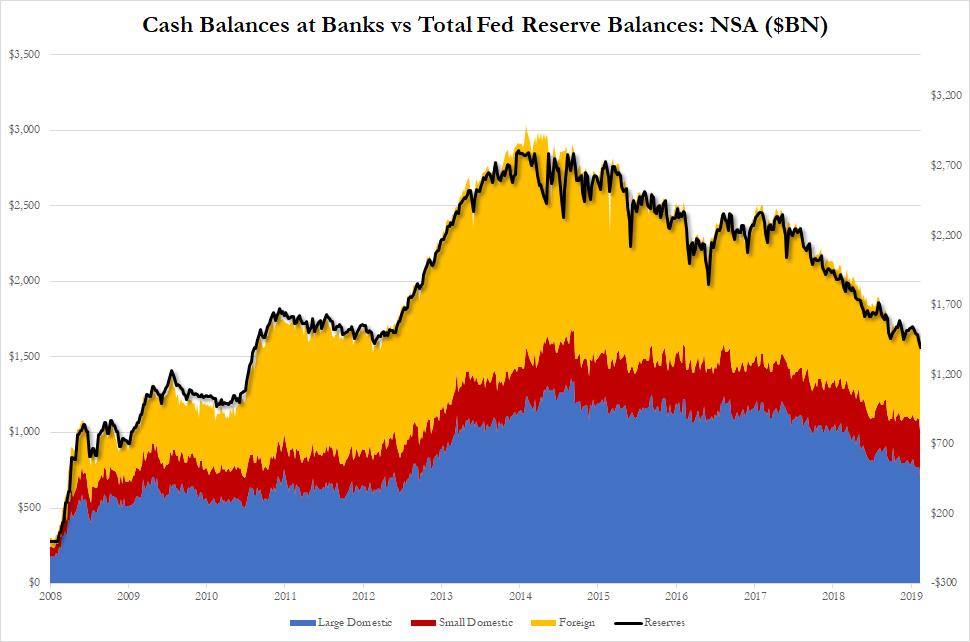It’s Time To Go: Over Half Of All California Voters “Have Considered Leaving The State”
Authored by Michael Snyder via The Economic Collapse blog,
Why in the world does anyone still want to live in California?
Great weather and good paying jobs are the two biggest positives that residents often point out, but the high cost of living and the absolutely ridiculous housing prices often eat up all of the extra money that Californians think that they are making.
In fact, it was recently reported that it now takes approximately $350,000 a year to live a middle class lifestyle in the city of San Francisco. If you have a ton of money, it can partially insulate you from the problems that are increasingly ravaging the state, but unless you never go out in public nothing is going to insulate you completely. Cities all over the state are degenerating into drug-infested, crime-ridden hellholes that are literally being overrun by millions of rats. California has some of the worst traffic in the entire world, unchecked illegal immigration is causing a whole host of social problems, and gang activity has become a massive problem. On top of everything else, California is being constantly hit by wildfires, mudslides, earthquakes and other natural disasters. In fact, scientists tell us that it is just a matter of time before “the Big One” hits, and that is probably one of the best reasons to leave California while you still can and never look back.
Yes, there are some California residents that continue to insist that it is a great place to live.
But if California is so wonderful, why have more than half of all California voters “considered leaving the state”? The following comes from the Los Angeles Times…
Just over half of California’s registered voters have considered leaving the state, with soaring housing costs cited as the most common reason for wanting to move, according to a new poll.
Young voters were especially likely to cite unaffordable housing as a reason for leaving, according to the latest latest UC Berkeley Institute of Governmental Studies poll conducted for the Los Angeles Times. But a different group, conservatives, also frequently suggested they wanted to leave — and for a very different reason: They feel alienated from the state’s political culture.
With the way the state is being run, conservatives have been moving out of California in large numbers for years. In fact, I have a number of really good friends that left the state for political reasons and will never return.
On the other hand, California’s reputation for handing out free goodies has been a magnet for another class of people. Today, almost half of all homeless people in the entire nation live in the state of California, and this has become such a huge crisis that it literally makes headlines all over the globe.
For example, the following comes from an article in a British news source…
Cali Carlisle admits she is a heroin addict — ‘but in a healthy way,’ she insists, even if the visual evidence belies that claim.
Her nose is the brightest shade of red imaginable. She constantly picks at scabs all over her body. Her home is a makeshift bed beneath Interstate 80 in Sacramento.
And Monday was her 26th birthday. Not that you would ever guess. Anyone looking at her would think she is at least 15 years older.
This is the cold, hard reality of the glorious drug lifestyle that so many go to California to experience.
Every year, thousands upon thousands of young people that once had bright futures ahead of them end up on the streets, in prison or dead due to this raging epidemic.
And one of the places where it is the worst is in the capital of the state itself. Not too long ago, a salon owner in Sacramento made headlines all over the nation when her rant about homelessness on social media went viral…
“I just want to tell you what happens when I get to work,” stated Liz Novak, a local salon owner, to the media about what she’s had to deal with trying to conduct business in Sacramento.
“I have to clean up the poop and the pee off of my doorstep. I have to clean-up the syringes. I have to politely ask the people who I care for – I care for these people that are homeless – to move their tents out of the way of the door to my business.”
She ultimately had to move her salon completely because it became clear that things were not going to get better any time soon.
In the state of California today, virtually everything has been defiled.
At one time, California was teeming with natural beauty. But today the entire state has become a trash dumpster, and that includes California’s once pristine beaches. Just check out what Dr. Drew Pinsky recently told Laura Ingraham…
“There is an organization out here called Heal the Bay which keeps tabs on safety of our beaches in Southern California, from Orange County to Ventura. Since the rains last Winter, [Heal the Bay] has been giving our beaches C’s to F’s, and F means completely overrun with fecal bacteria. What comes with that are other things like syringes, Hepatitis A and other infectious diseases.”
On top of everything else, seismic activity is a constant threat.
There have been more than 1,500 earthquakes in California and Nevada over the past 7 days, and these days that is considered to be a slow week.
Of course most of the earthquakes are very small, but scientists assure us that one of these days “the Big One” will hit the state. When that day arrives, the geography of the state will be radically changed, and the death and destruction will be off the charts.
We live at a time when our planet is being greatly shaken, and many believe that what we have seen so far is just the beginning.
The coastline of the state of California lies directly along the infamous “Ring of Fire”, and scientists have been persistently warning us that the San Andreas fault is “locked and loaded” and could possibly “unzip all at once”.
It is such a shame what has happened to the state. California should be one of the most beautiful, prosperous and enjoyable places to live in the entire world. Unfortunately, Californians have been making exceedingly poor choices for decades, and the consequences of those decisions will be extremely bitter indeed.
Tyler Durden
Sat, 09/28/2019 – 18:30
via ZeroHedge News https://ift.tt/2m024gD Tyler Durden
